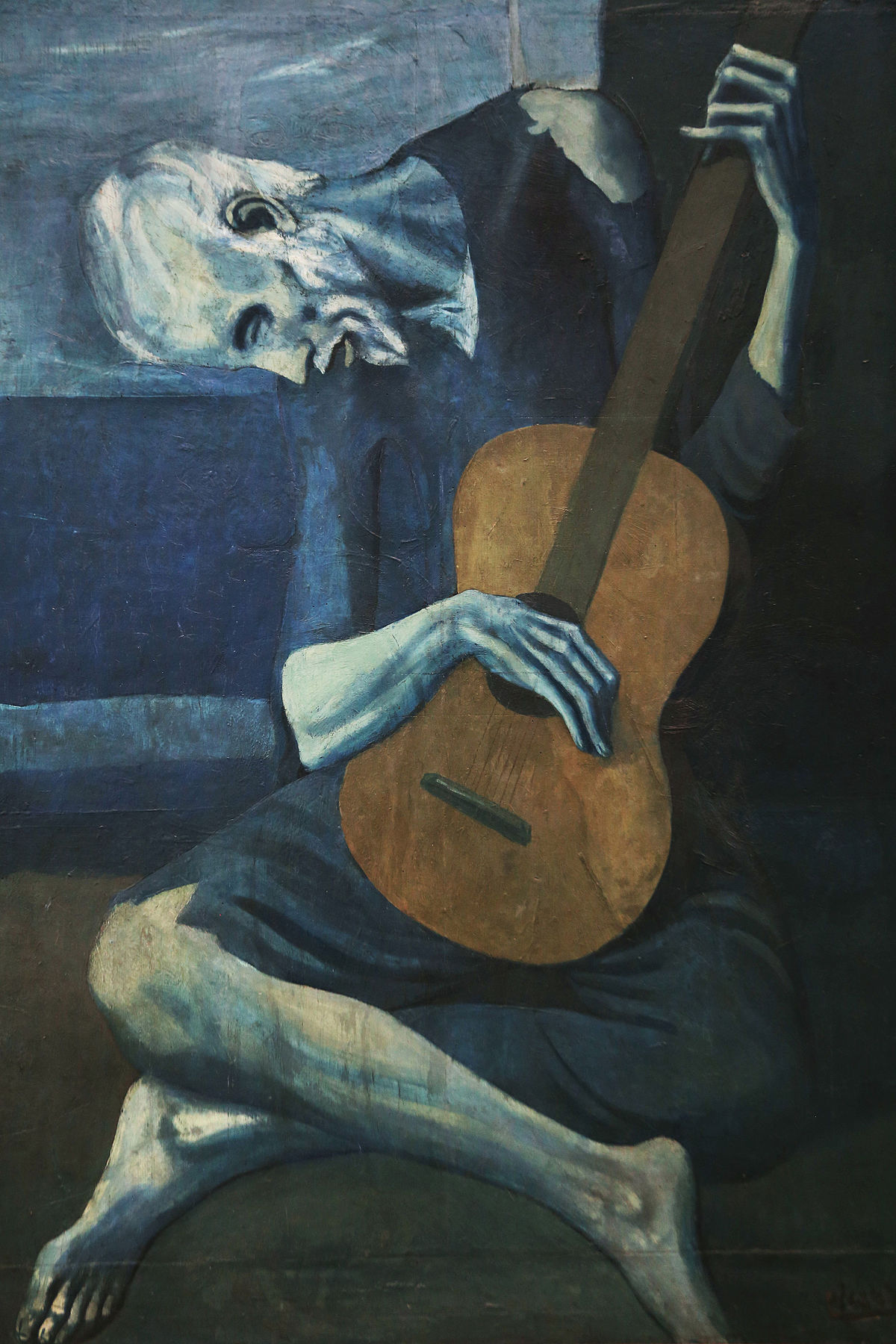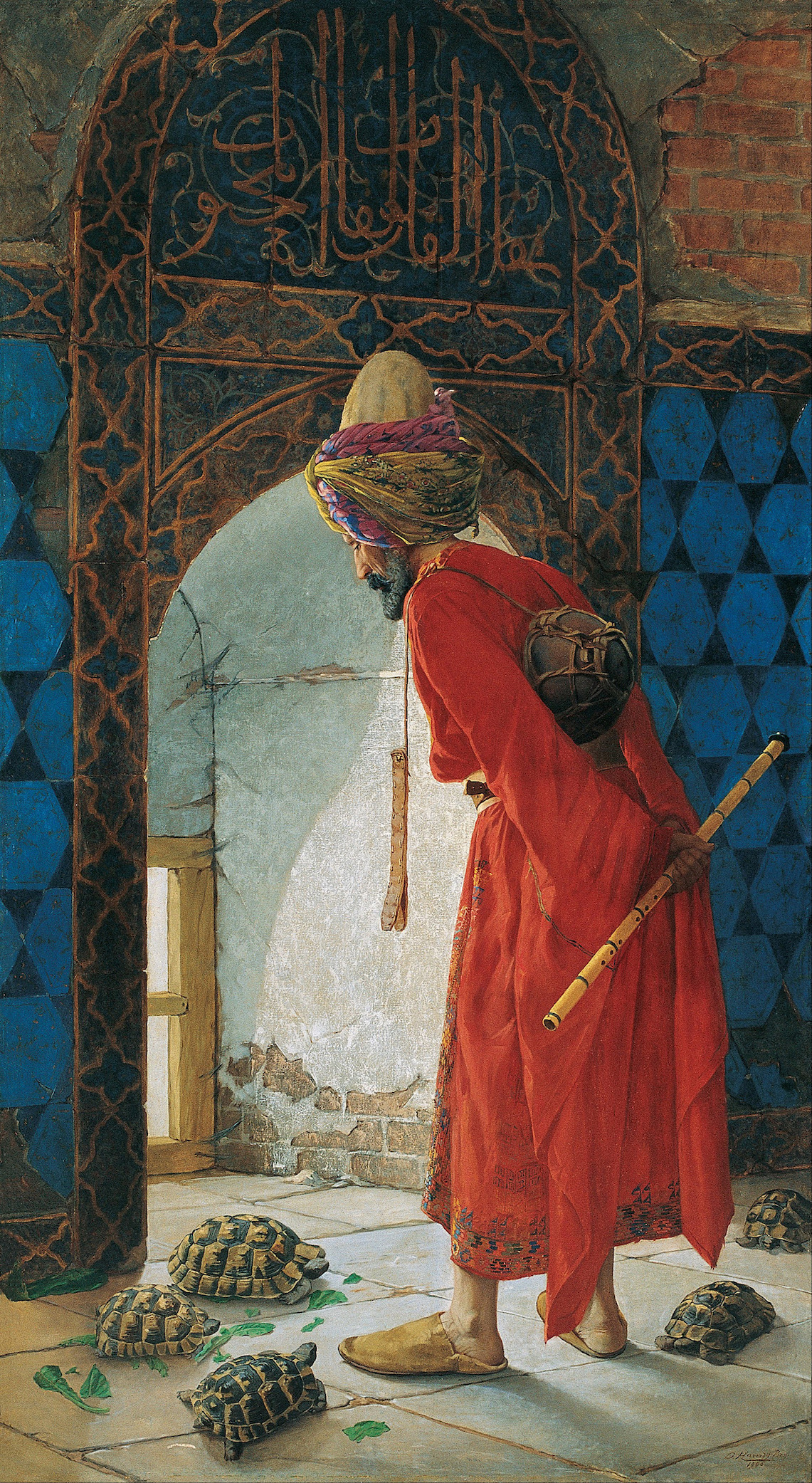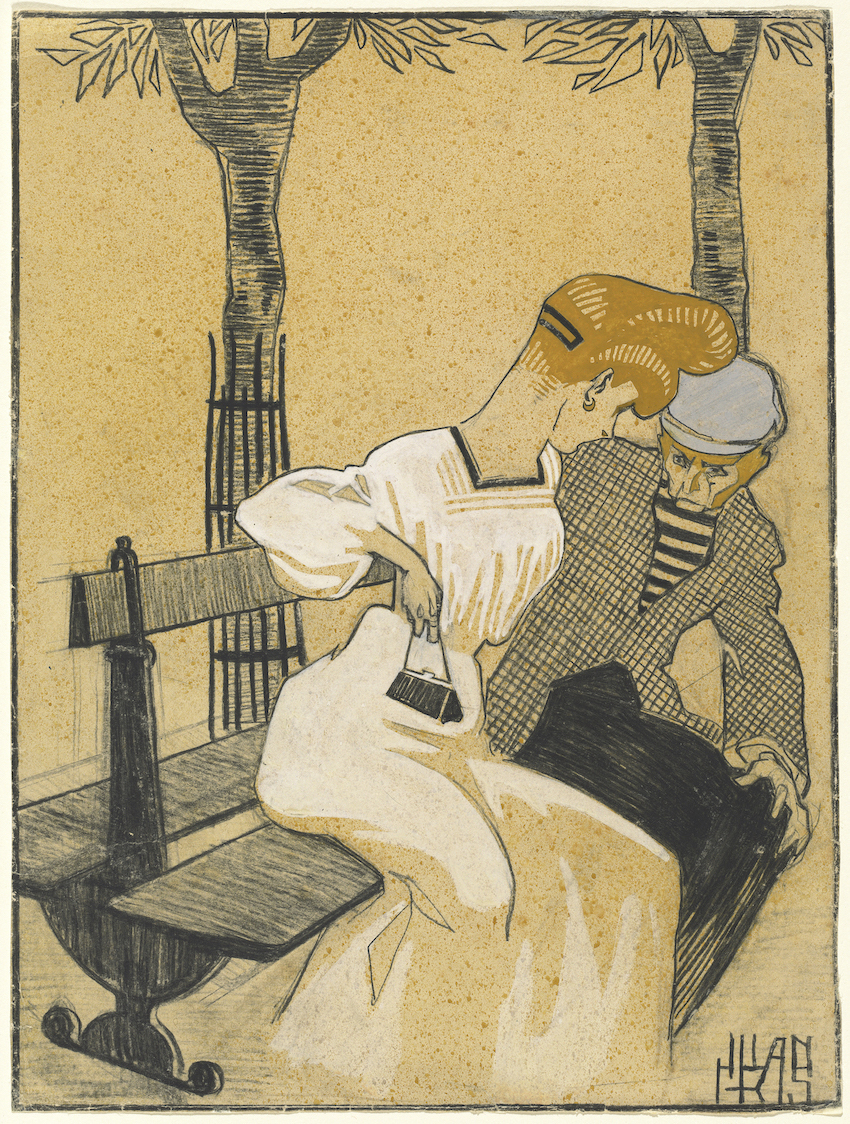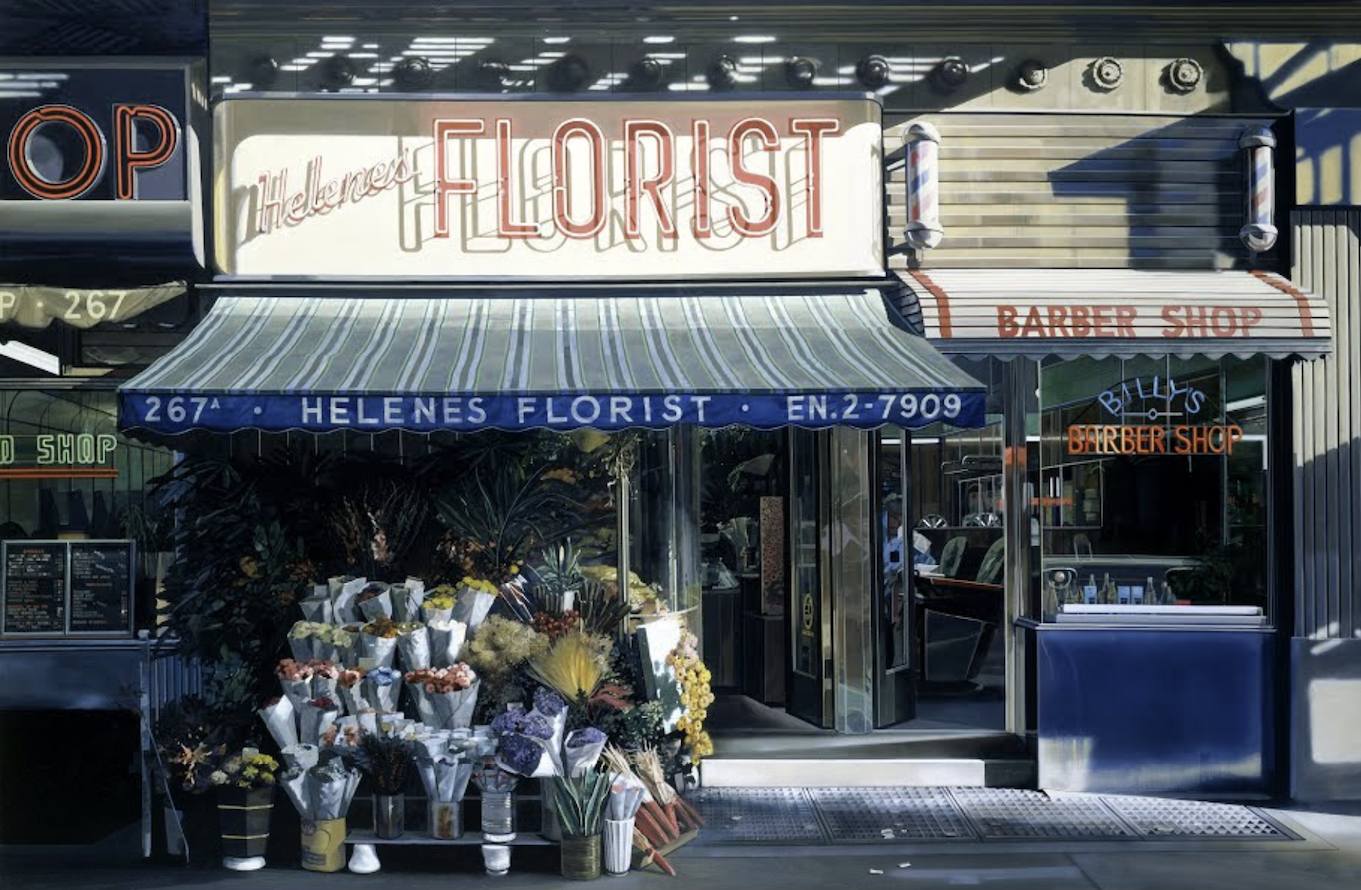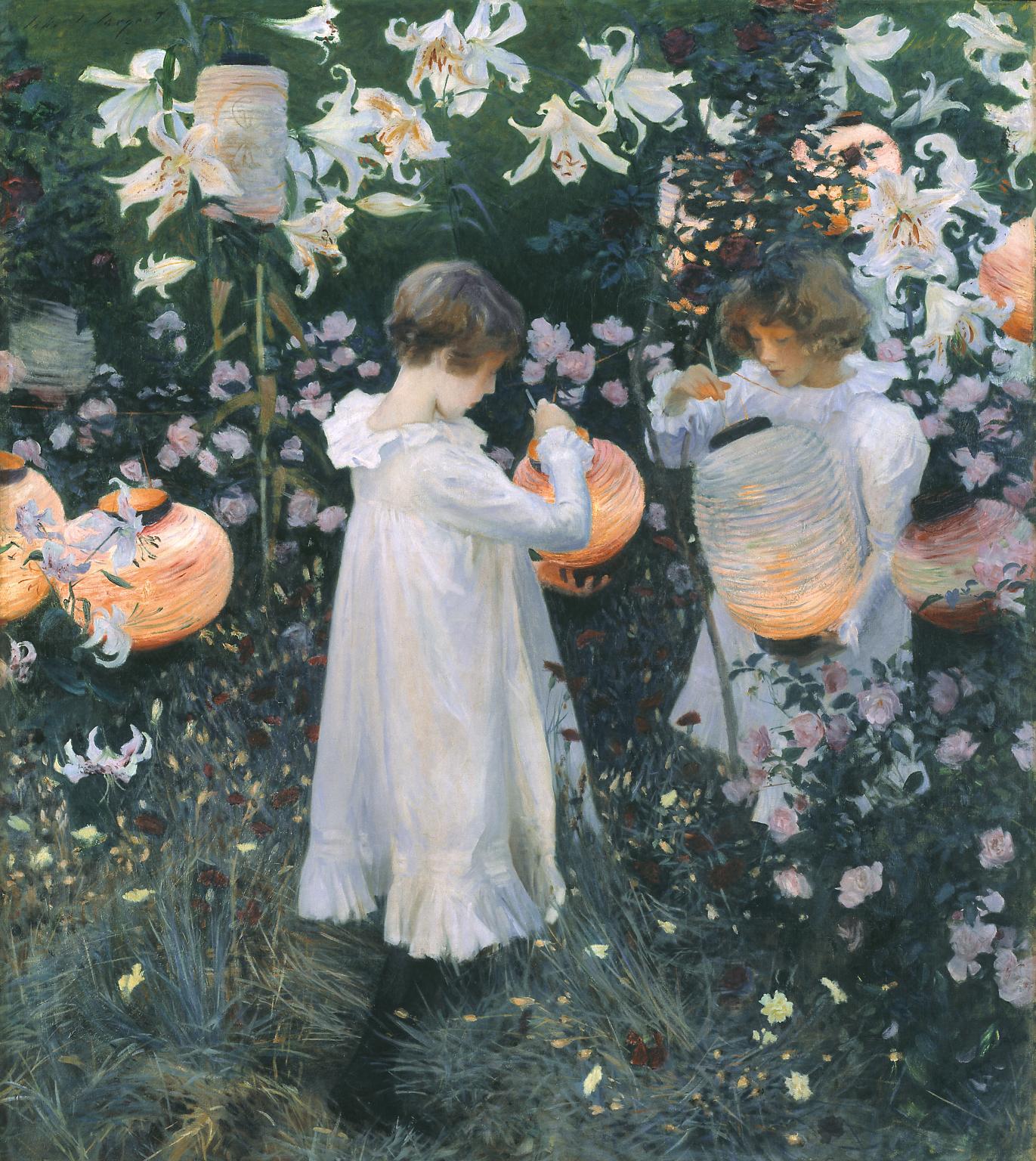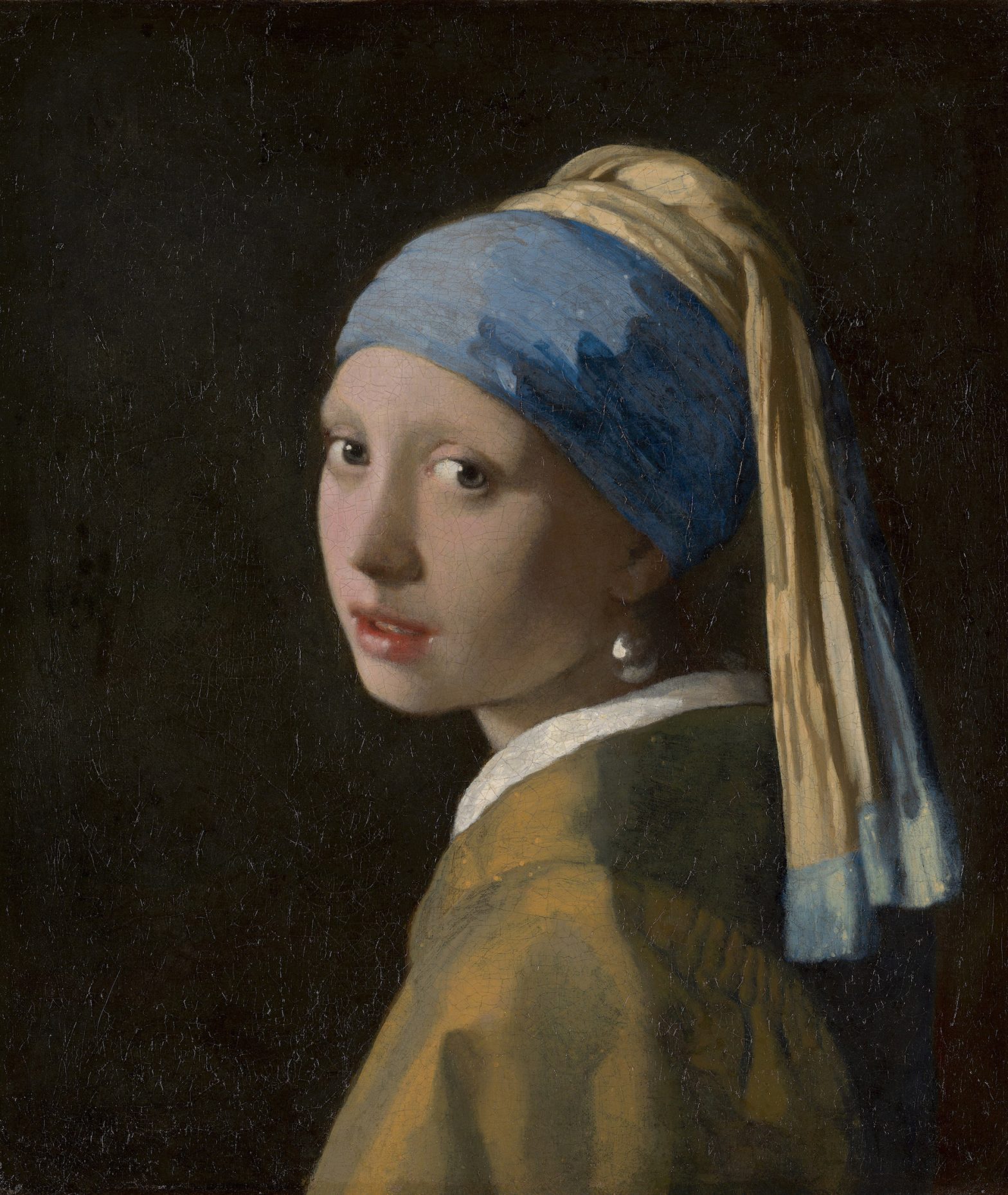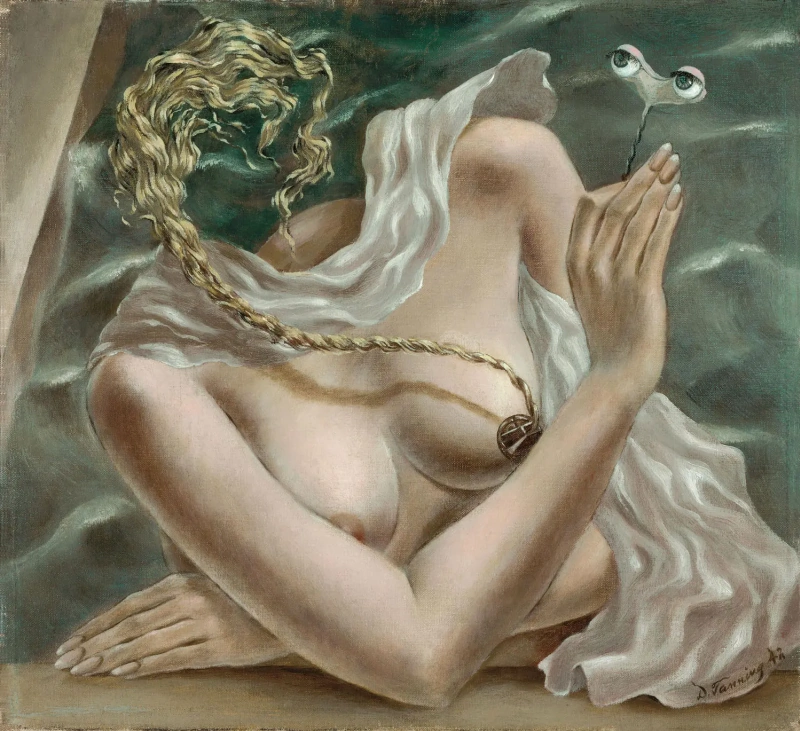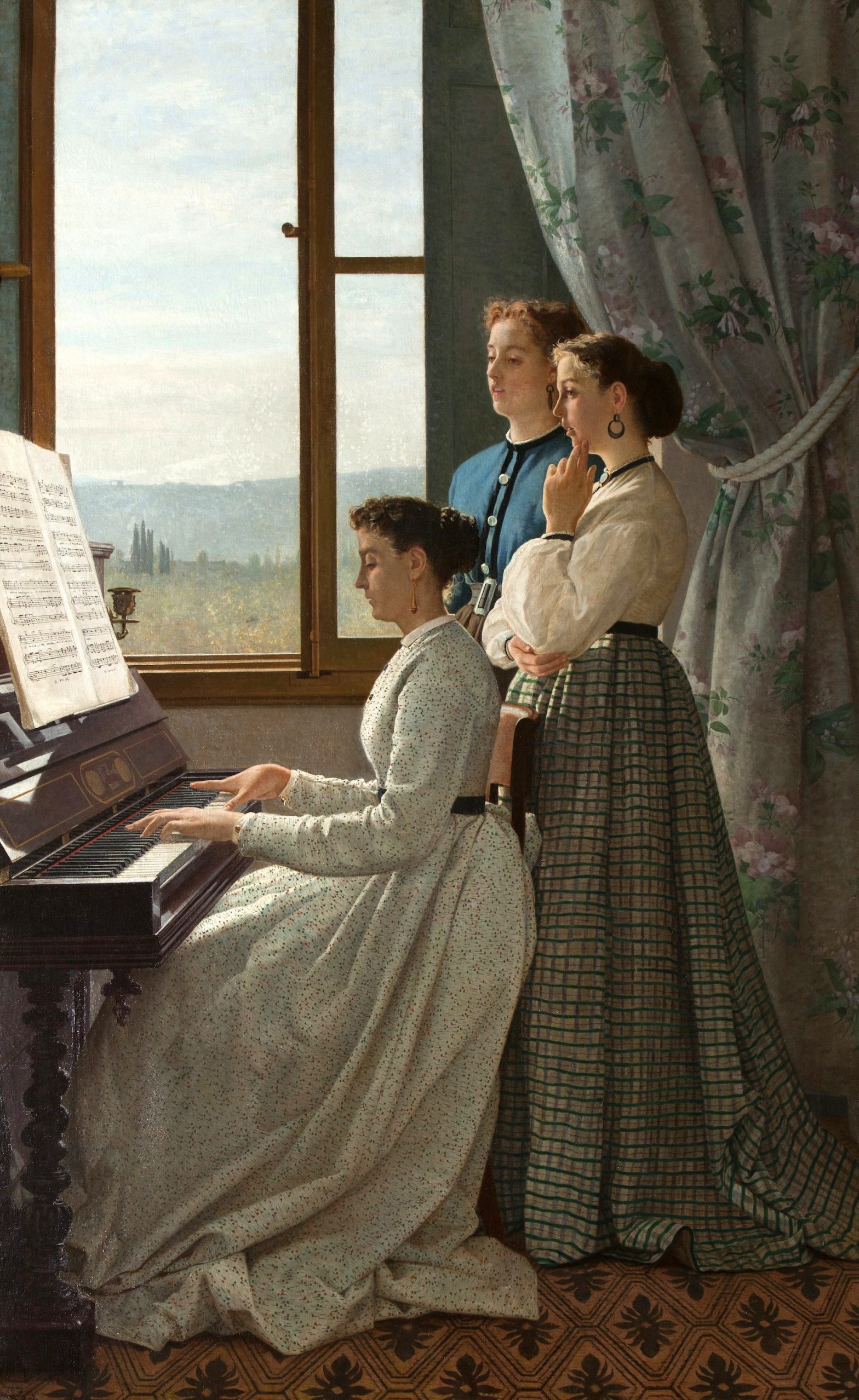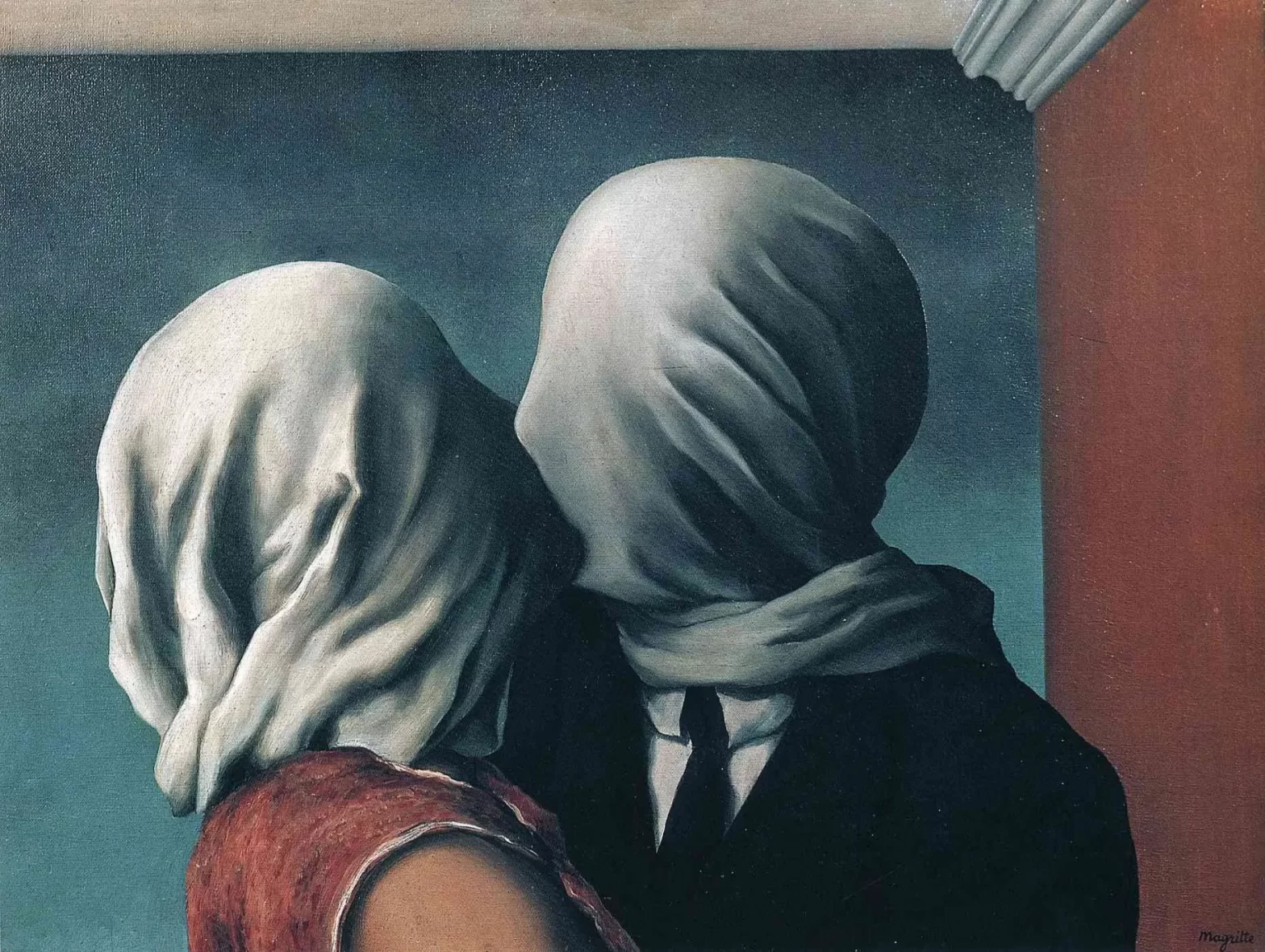The Old Guitarist by Picasso:Understanding the Artistic Genius Behind the Canvas Cubism and Surrealism The Old Guitarist, Cubism & Surrealism “The Old Guitarist” stands as a testament to the artistic genius of Pablo Picasso, a luminary in the world of modern art. Created during his Blue Period, between late 1903 and early 1904, this painting was born out of Picasso’s personal experiences in Barcelona. It was a time of profound hardship for the artist, marred by severe financial struggles and emotional turmoil. Measuring 122.9 cm x 82.6 cm and executed in oil on panel, this piece is a significant part of the Helen Birch Bartlett Memorial Collection. The Blue Period, spanning from 1901 to 1904, was a defining phase in Picasso’s career, characterized by a somber palette and themes of melancholy and despair, deeply influenced by the artist’s own life experiences. Artistic Genesis and Blue Period Pablo Picasso – The Death of Casagemas, 1901, Musée Picasso, photo credit: NC-ND 2.0 by dvdbramhall Picasso’s Blue Period was catalyzed by a series of personal tragedies, including the suicide of his close friend Carles Casagemas in 1901. This event profoundly affected Picasso, leading him to express his grief and emotional pain through his art. The color blue became a dominant theme, symbolizing the feelings of sadness and isolation he experienced. During this period, Picasso was immersed in poverty, which further deepened his empathy for the marginalized and outcast members of society. This empathy is vividly portrayed in “The Old Guitarist,” where he explores themes of poverty, loneliness, and social exclusion, using a restricted color palette dominated by blues and greens to convey the emotional weight of these themes. Symbolism and Style Details Details Details In “The Old Guitarist,” Picasso presents a haunting image of an elderly, blind guitarist. The figure is gaunt, with elongated limbs and a contorted posture, reminiscent of the works of El Greco, the 16th-century Spanish artist. The guitarist, despite his blindness and apparent poverty, is engrossed in playing his instrument. The guitar, depicted in a brown hue, starkly contrasts with the surrounding blues and greens, symbolizing a glimmer of hope and solace in the midst of despair. This use of color not only highlights the guitarist’s isolation but also his resilience. Picasso’s expertise in figure drawing and oil painting, skills honed under his father’s tutelage, is evident in the deliberate composition of the piece, following the rule of thirds to create a dynamic and emotionally charged scene. The Underlying Mystery Old sketches underneath The Old Guitarist, Pablo Picasso A fitting complement to Picasso’s work is Wallace Steven’s poem, ‘The Man with the Blue Guitar’. In this poem, Stevens articulates Picasso’s notion that art is an illusion that reveals the truth, with lines like, ‘You have a blue guitar, / You do not play things as they are’. The response in the poem, ‘Things as they are / Are changed upon the blue guitar’, serves as a metaphor for the necessity of fully embracing one’s sorrow to find healing, a theme also echoed in Denise Levertov’s ‘Talking to Grief‘. Some people speculate that Picasso drew inspiration for his piece from the renowned painting ‘Hope’ by English artist George Frederic Wallace. A unique aspect of “The Old Guitarist” is the presence of hidden images beneath the main painting, revealed through modern infrared technology and art-historical research. These underpaintings, including the image of a woman’s head and an outstretched arm, suggest that Picasso reused canvases, likely due to financial constraints. This practice offers an intriguing insight into Picasso’s artistic process, showcasing his resourcefulness and the evolution of his ideas. The discovery of these layers adds depth to our understanding of “The Old Guitarist,” revealing the complexities of Picasso’s creative journey. Cubism and Later Artistic Phases Following the introspective Blue Period, Picasso’s style underwent a significant transformation. He transitioned to the Rose Period, characterized by a warmer palette and more optimistic themes. This period was a prelude to his pioneering work in Cubism, a revolutionary art movement he developed alongside Georges Braque. Cubism, marked by its abstract geometric forms and the deconstruction of traditional subjects, represented a radical departure from conventional artistic techniques. It was an embodiment of Picasso’s belief that art should not merely imitate nature but reflect the complexities of the modern world. Surrealism and Artistic Exploration In addition to Cubism and the Blue and Rose periods, Pablo Picasso’s forays into Surrealism further demonstrate his artistic versatility and willingness to explore different realms of the subconscious. Surrealism, a movement that sought to release the creative potential of the unconscious mind, resonated with Picasso’s inclination towards imaginative and innovative expressions in art. His exploration of this style was marked by a blend of realistic detail with dream-like, often bizarre elements, which allowed him to delve deeper into themes of fantasy, desire, and the human psyche. Picasso’s surrealistic works, although not as extensively recognized as his cubist or blue period pieces, still played a significant role in his artistic evolution. This phase of his career was characterized by a more fluid and organic approach, departing from the rigid geometric structures of Cubism. He employed distortion and metamorphosis to create compelling, sometimes unsettling imagery, reflecting his deep engagement with the human condition and its myriad complexities. Composition analysis, The Old Guitarist, Pablo Picasso “The Old Guitarist” also foreshadows Picasso’s later forays into Surrealism. The distorted form of the guitarist, with elongated limbs and an ethereal quality, hints at surrealistic elements, indicative of Picasso’s evolving style. This fusion of techniques highlights his ability to break conventional artistic boundaries and explore new realms of expression. In conclusion, Picasso’s artistic journey, encompassing the introspective Blue Period, the groundbreaking Cubism, and the imaginative realms of Surrealism, showcases his extraordinary talent and adaptability. “The Old Guitarist” remains a powerful testament to Picasso’s empathy, creativity, and lasting impact on modern art. Picasso’s Artistic Legacy Pablo Picasso’s impact on the art world extends far beyond his contributions to Cubism. He was a versatile and influential… Continue reading The Old Guitarist by Picasso: Understanding The Artistic Genius Behind the Canvas
Tag: painting
Art Appreciation: ‘The Tortoise Trainer’ by Osman Hamdi Bey
Art Appreciation:‘The Tortoise Trainer’byOsman Hamdi Bey Romanticism Digital Image Courtesy of Artsy [The Tortoise Trainer, 1906] Celebrated within the hushed halls of Istanbul’s Pera Museum, ‘The Tortoise Trainer’ by Osman Hamdi Bey beckons with a timeless allure. This painting is more than art; it’s a portal to a bygone era of the Ottoman Empire, a time of change and turmoil. Let’s unravel the captivating story behind this masterpiece! The Tortoise Trainer (1906) Digital Image Courtesy of Pera Museum [Osman Hamdi Bey, 1842 – 1910] The Tortoise Trainer (in Turkish: Kaplumbağa Terbiyecisi) is an academic oil on canvas painting by Turkish Painter Osman Hamdi Bey, with the first version created in 1906 and a second in 1907. A brief Iconography about the painter may be in order. Osman Hamdi Bey held multiple roles throughout his remarkable career. He wasn’t just an Ottoman administrator but also a man of great intellectual pursuits. His accomplishments extended beyond the canvas, as he played a pioneering role in the world of art. Additionally, Osman Hamdi was a respected archaeologist and a trailblazer in the field of museum curation in Turkey. His legacy includes the founding of the Istanbul Archaeology Museum and what is now known as the Mimar Sinan University of Fine Arts, originally called the Istanbul Academy of Fine Arts. Digital Image Courtesy of Artsy [The Tortoise Trainer, 1906] Osman Hamdi, known for frequently using photographs as models for his figurative compositions, once again employs this technique in the painting, portraying himself as a Dervish. The artwork features an elderly man dressed in traditional Ottoman religious attire: a long red garment adorned with embroidery along the hem, cinched at the waist, and adorned with yellow sahtiyan slippers for indoor wear made from Moroccan (goatskin) leather. The ensemble is topped with a Turkish turban. The anachronistic costume predates the introduction of the Fez and the spread of Western-style dress with the Tanzimat reforms in the mid-19th century. As seen above, the figure seems to hold a traditional ney flute and bears possibly a nakkare or kudüm on his back, with a drumstick hanging in front. The setting of this scene unfolds within a weathered upper chamber of the Green Mosque, known as Bursa Yeşil Camii. Here, the figure stands near a solitary window, with a slight light coming into the room. His demeanor suggests an endeavor to “train” the five tortoises positioned near his feet. However, these tortoises appear rather indifferent to his efforts, showing a preference for indulging in the green leaves scattered across the floor. Above an arched window, an inscription reads, “Sifa’al-kulûp lika’al Mahbub,” which translates to: “The healing of hearts is found in meeting the beloved.” Digital Image Courtesy of Pera Museum [Salon Exhibition Catalogue, “Tortoise Trainer” Osman Hamdi Bey, 1906] The initial version of the painting debuted at the Grand Palais in Paris back in 1906, courtesy of the Société des Artistes Français, and was titled “L’homme aux Tortues” or “Man with Tortoises.” At the time of its release, it didn’t gain widespread attention or understanding, but its significance grew substantially in the following decades as it seemed to foreshadow the Young Turk Revolution of 1908. The artwork was formerly in the collection of the businessman Erol Aksoy and was sold for US$ 3.5 million in 2004. Apart from this, the second version was more petite, dedicated to his child’s father-in-law, Salih Münir Pasha. Interestingly, Osman Hamdi’s inspiration for these artworks can be traced back 37 years before their creation when he received an issue of the travel journal Tour de Monde from his father while in Baghdad. He found an article written by Swiss diplomat Aimé Humbert, who conveys his remarkable encounters in Japan, including observations of Korean Tortoise trainers. These trainers taught tortoises to walk in a single line and even stack on top of one another on a low table, accompanied by the rhythmic beats of a small drum. It’s believed that this article served as Osman Hamdi’s initial inspiration for these works. In the 1980s, the painting found its way into the collection of journalist Erol Simavi and was later exhibited at the Sakıp Sabancı Museum in 2009. Osman Hamdi Bey created the painting during a period of significant social and political upheaval within the Ottoman Empire. At that time, the reforms initiated by Sultan Abdülhamid II had either proven ineffective or had been attributed to the increasing unrest. The Ottoman Empire, which extended across parts of the Balkan Peninsula, portions of North Africa, all of Anatolia and the Levant, and much of the Arabian Peninsula at the dawn of the 20th century, faced serious threats. These included the growing influence of nationalist movements within its borders and the incursions of foreign powers, eventually dividing the Empire among them in the aftermath of the First World War. Digital Courtesy Image of Peramuzesi [The Tortoise Trainer, Osman Hamdi Bey] The artwork currently resides in the Pera Museum, located in Turkey. The Tortoise Trainer (1906) Artwork created by Osman Hamdi Bey. Osman Hamdi Bey (1842-1910) Self-portrait of Osman Hamdi Bey in his youth. Osman Hamdi Bey (1842-1910) He is known for his multiple roles that leave such great legacies throughout his life. Salon Exhibition Catalogue (1906) Located in Grand Palais in Paris. Courtesy of the Société des Artistes Français, and was titled “L’homme aux Tortues” or “Man with Tortoises. Salon Exhibition Catalogue (1906) Located in Grand Palais in Paris – Courtesy of the Société des Artistes Français. Pera Museum, Turkey Collection of Osman Hamdi Bey’s artwork, ‘The Tortoise Trainer’. Digital Images Artsy Digital Image of ‘The Tortoise Trainer’ painting Pera Museum Digital Image of Osman Hamdi Bey Pera Museum Digital Image of Salon Exhibition Catalogue Peramuzesi Digital Image of Osman Hamdi Bey’s collection in Pera Museum, Turkey Toggle Title Toggle Content Article Sources Medium The Tortoise Trainer Google Arts and Culture The Tortoise Trainer – Osman Hamdi Bey Pera Museum Osman Hamdi Bey – The Tortoise Trainer Get Daily Art Osman Hamdi Bey –… Continue reading Art Appreciation: ‘The Tortoise Trainer’ by Osman Hamdi Bey
Man and Woman on Bench Juan Gris
Artist: Juan Gris Title: Man and Woman on Bench Date: 1908/1909 Medium: Charcoal, Gouache, and Watercolor Dimension: Approximate 36.8 cm x 27.7 cm Wikimedia ↗ Digital Image Courtesy of Wikimedia Arts and Culture ↗ Detail information
Helene’s Florist by Richard Estes
HELENE’S FLORIST byRICHARD ESTES 1971TOLEDO MUSEUM OF ART, OHIO, USA Artist: Richard Estes Title: Helene’s Florist Date: 1971 Style: Photorealism Genre: Painting Location: Toledo Museum of Art, Ohio, USA Dimension: 121.9 cm x 182.8 cm Oil on canvas Richard Estes’s paintings substantially celebrate the visual complexity of the urban environment, whereas everything evolves, especially in that era. Though there is no living human in this painting, it describes its surroundings. He used a photograph of Helene’s Florist Shop (back then, it was located on Colombus Avenue at 72nd Street in New York) as his inspiration for his painting. However, much as it may take after the photograph, the painting has qualities not found in photography. Though a traditional film camera captured it, the simultaneous depth of field gave complete clarity at close and far range – it looked the same. REFERENCE · GOOGLE ARTS AND CULTURE
Strolling along the Seashore by Spanish painter
This painting was created during the summer of 1909 at the beach in Valencia, after Sorolla’s triumphant success and had his first solo art show in the United States. Strolling along the Seashore is one of the artist’s most important works. The woman on the left is his wife, with his daughter on the right side walking along the shoreline. In this painting, his daughter was captured when she steps forward with the form of the dress in the wind and completes the whole artwork with the rolling of the waves that depicts movement and gives this piece a sort of life of its own. The water and the sandy seashore shown in long blue, purple, and turquoise brushstrokes – become an abstract backdrop for the refined figures of its primary subject. The downward angle of the subjects, the absence of the horizon, the empty swathe of sand in the lower foreground, and the cut-off of one of the figure’s sunhats are all part of a technique known as photographic framing. There are also paintings with the same setting and scene at Valencia seashore. However, in this painting, the tone is quite different from others. It perfectly defines the iconographic genre of the ‘elegant promenade’ with well-dressed bourgeois figures strolling along the seashore and enjoying beach life. Strolling along the Seashore is currently in the collections of the Sorolla Museum in Madrid, Spain. Artist: Joaquín Sorolla y Bastida Title: Strolling along the Seashore Date: 1909 Style: Impressionism Genre: Painting Location: Sorolla Museum, Madrid, Spain Dimension: 200 cm x 205 cm Oil on canvas Reference Myddoa ↗ Arts and Culture ↗
A brief history of John Singer Sargent’s “Carnation, Lily, Lily, Rose”
The story behind John Singer Sargent’s artwork Carnation, Lily, Lily, Rose (1885-1886) is an oil on canvas painting by American artist John Singer Sargent. The painting depicts two small children dressed in a vintage white long dress who are lighting lanterns in a garden with pink roses that seems to be spreading all over the place, with accents of yellow carnations and tall white lilies behind them. The main objects are the daughter of the illustrator Frederick Barnard – a dear friend of the artist. On the right side is Dolly Barnard (11 years old), while on the left side is Polly Barnard (7 years old). The inspiration for the unique lighting effect came during Sargent’s trip to River Thames at Pangbourne with his fellow American artist Edwin Austin Abbey in September 1885. He saw lanterns hanging among trees and lilies during the journey while boating. At that moment, he had this urge to capture the precise light level at dusk, so he painted the picture en plein air – a French term for ‘painting outdoors’ perfectly mixed with an impressionist style. He would place his easel and other tools beforehand and pose his models in anticipation of the few moments when he could paint it at a perfect time. From September to November 1885, he painted its artwork in the few minutes when the light began to turn its color – blending in perfectly, catching its delicate shades before the light faded into the evening when the sun started to sets as far to the southwest. The flowers in the garden seem like it has died and been replaced with artificial flowers as summer has turned into autumn; as expected, something would change when the seasons change. He finished this artwork the following summer at Millet’s new home nearby Broadway by the end of October 1886. The painting is dominated by green foliage, with no horizon that, in other words, seems to give a sense of depth. Carnation, Lily, Lily, Rose is set in an English garden at Farnham House on Broadway in the Cotswolds, where Sargent spent the summer with Francis David Millet around 1885, shortly after moving to England from Paris. Carnation, Lily, Lily, Rose was first exhibited in the Royal Academy’s Summer Exhibition in 1887. The painting received a critical reception from its audiences. However, it also received praises and well-deserved recognition from audiences and critics and is known as an “extremely original and daring essay in decoration.” The Royal Academy immediately purchased the painting for the British nation through Chantrey Bequest, a special trust fund established by Sculptor Sir Francis Chantrey in 1875. Royal Academy President Lord Leighton and the other Royal Academicians, including Sir Lawrence Alma-Tadema and William Quiller Orchardson, supported the acquisition. Details Artist: John Singer Sargent Title: Carnation, Lily, Lily, Rose Date: 1885 – 1886 Style: Impressionism Genre: Genre painting Location: Tate Britain, London, UK Dimension: 153.7 cm x 174 cm Oil on canvas The viewers can visit its painting at Tate Britain, London, UK. It has now become one of the gallery’s most loved paintings. Tate ↗ Reference Wikipedia ↗ Wikiart ↗ Reference Royal Academy ↗ Reference
About Girl with a Pearl Earring by Johannes Vermeer
The Girl with a pearl earring (meisje met de parel) is an oil on canvas by Dutch Golden Age painter Johannes Vermeer in 1665. This work of art has been in the collection of the Mauritshuis in The Hague since 1902 and has been the subject of various literary as well cinematic treatments. Girl with a pearl earring is not a portrait but a ‘tronie’ – a painting of an imaginary figure. In Dutch, it means the head of an ideal “type,” like “a soldier” or “a musician” – or in this case, “a young beauty.” The painting depicts a European girl wearing an exotic dress, an oriental turban, and the famous eye-catching pearl earring. Girl with a pearl earring portrays a young woman in a dark, shallow space, an intimate setting that exclusively draws the viewer’s attention to her. In this painting, the girl wears a blue and gold turban, a titular pearl earring, and a gold jacket beneath with a visible white collar. Caught in a fugitive moment, she turns her head over her shoulder, meeting the viewer’s gaze with her eyes wide and lips parted as if about to speak. Her enigmatic expression and the mystery of her identity are what intrigues the painting more. The Girl with a Pearl Earring Title: The Girl with a pearl earring (meisje met de parel) Artist: Johannes Vermeer Year: 1665 Style: Baroque Genre: Portrait, tronie Dimension: 46.5 cm x 40 cm Location: Mauritshuis, The Hague, Netherlands Oil on canvas
Voltage by Dorothea Tanning
Dorothea Tanning was an American Surrealist artist who was born in Galesburg, Illinois, USA, in 1910. She was a successful commercial artist while continuing to pursue her painting. “Art has always been the raft onto which we climb to save our sanity. I don’t see a different purpose for it now“ She described most of her artwork with an exciting coefficient between the objects and its styles, which successfully caught many viewers’ attention. Her work of art was notable for its interest in actual female experience while exploring the unconscious – the inner, deepest dreams – and creativity. Most of her Surrealist artwork reveals disheveled female figures in domestic settings, depicted in a state of sensual reverie, to subvert gender expectations. In contrast, others take the more traditional route of assembling mismatched objects into strange still-lifes, to no less intriguing or disquieting effect, quite the opposite of her imagery. Tanning’s artwork and this one are featured in the Fantastic Women Exhibition. The painting is now in a private collection in Germany. Unfortunately, there is still no further details information about this artwork. Voltage Artist: Dorothea Tanning Title: Voltage Date: 1942 Style: Surrealism Subject & Object: Nudity Dimension: 28.3 cm x 30.8 cm Location: Private Collection, Germany Oil on canvas
Il canto dello Stornello by Silvestro Lega
Il canto dello Stornello (The Folk Song) painted by Il canto dello Stornello in 1868 ITALIAN PAINTINGS Artist: Silvestro Lega Title: Il canto dello Stornello (The Folk Song) Date: 1868 Style: Realism Dimension: 158 cm x 98 cm Location: Palazzo Pitti, Florence, Italy Oil on canvas
René Magritte Les Amant The Lovers 1928
Les AmantsThe LoversRené Magritte Surrealism The Lovers, Surrealist Painting The lovers is one such painting that intrigues and holds so much mystery. It is an example of how simple artwork awakens the most complex meanings, exciting stories, and emotions. This painting was created by one of the most famous French artists, René Magritte, in 1928. It is known that most of his artworks are themed on frustrated desire, yearning for love, and craving for lust. The lovers have four variations (take a look at the paintings down below). However, the two of them are pretty well-known by viewers worldwide. One of them is painted in a close-up scene of two lovers, locked in a tight embrace, transfiguring an act of passion and intimacy into one of isolation and frustration, a frustrated desire – with faces covered in cloth. Enveloped faces were known for Magritte’s motif on his creation. In all series of these paintings, the women are entirely covered in veils which is enough to interpret passion, love, and genuine intimacy. It shows that if this is about two lovers, it can be described as “love is blind’. When two people are in love, they are so deep and passionate about their feelings that they do not notice anyone or anything around. It’s blind, it drives one’s mind crazy, yet it’s beautiful – it’s worth the risk and everything that needs to be sacrificed. Some have interpreted this artwork to depict the inability to fully unveil the essence of relationships and the difficulty of sharing its passionate and intimate moment – even with the people they considered as their close ones. Portrait of René Magritte’s Mother Some also speculated that his trauma, his tragic past, inspired this painting. At the age of 14, Magritte’s mother was committed suicide, and her body was found in the River Sambre. At that time, he witnessed her whole body being fished from the water, with her face wrapped by her wet nightgown. However, he has said it clear in one of his interviews that it has nothing to do with his past – it is simply just a painting that holds so much mystery, just like his other paintings. Another version was voiced out, as it said he was very fond of Fantômas – still, nobody knows the woman’s identity hiding her face under the mask. Les Amants (The Lovers), 1928 The lovers are situated in a room with the back wall, sidewall, and ceiling showing a bit. The color of the back fence is blue-grey with a lighter shade on the bottom half and a darker shade through the top half. The sidewall is brick red which both have darker and lighter shades. The ceiling is colored in white and has a decorative trim along the border of the wall; however, it isn’t fully colored along the perimeter of the blue-grey wall. Both figures have a whitish veil that covers their faces and necks completely. The coverings are tight against the front and top of the head and loose towards the back. The male figure wears a black suit and ties with a solid white shirt that seems to be formal. He embraced the woman who dressed in a red, sleeveless garment with white trim – tanned arms fully exposed. The man looked like he was in a dominant position relative to the woman. These two figure seems to be in an intimate atmosphere as she tilts her head up while he leans down, trying to kiss her hungrily, passionately. The way she slightly tilted her face to the left gives her lover more access to her lips and makes her lover more prominent, and reveals the distinct outline of his nose. However, if to look closer at her body position, she is leaning backward a bit. It is, for sure, provokes a mystery that quite hard to put its real meaning. The elements in this painting are the veils, the room, and the two figures. Many viewers wonder if this is a kiss of denied love or honestly and simply just a lover engaged in a romantic time together – alone. The deathlike cloth keeps the two figures at a distance, but the intimacy is there – it is as if to tell that barriers do not exist when it comes to love. The room is painted in a mysterious yet inviting setting – colored in bold colors with no windows at all. However, the lovers are the primary object; it creates an atmosphere of mystery and conspiracy, making this painting more fascinating and thought-provoking. René Magritte, Surrealist Artist Magritte’s vision in this painting is simple yet quite interesting as it involves a deep feeling, deep meaning. For Magritte himself, he wanted the viewers to have their perspective – translated its painting just by observing the whole details, concluding each meaning. Indeed, he is a genius, brilliant artist that deserves to be remembered as one of the greatest artists of all time. The lovers painting can now be viewed at the Museum of Modern Art (MOMA), New York City, USA. It remains a part of an iconic work of surrealism. Series of The Lovers The Lovers I The Lovers II The Lovers III, Private collection The Lovers IV, Private collection TRENDING TODAY Quiet Partings The Old Guitarist by Picasso: Understanding The Artistic Genius Behind the Canvas Fading Petals: Soft Departure Art Appreciation: ‘The Tortoise Trainer’ by Osman Hamdi Bey Love within yourself see my other page The Old Guitarist by Picasso: Understanding The Artistic Genius Behind the Canvas Read More Art Appreciation: ‘The Tortoise Trainer’ by Osman Hamdi Bey Read More A brief history of John Singer Sargent’s “Carnation, Lily, Lily, Rose” Read More Voltage by Dorothea Tanning Read More Load More Stay Connected. Instagram Pinterest
